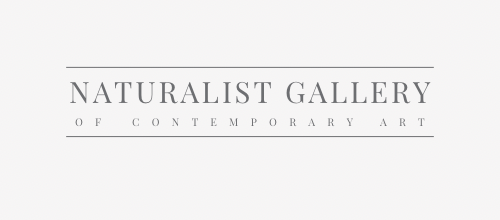Featured image: Bark Beetle Book Vol. XXXIII: Hyphae, Suze Woolf, 2020, artist book, 14 x 6 x 8 in. / 35.56 x 15.24 x 20.32 cm.
Suze Woolf’s Bark Beetle Book series transforms natural devastation into haunting beauty.
Suze Woolf creates eco-conscious artworks that blend natural materials, data, and intricate craftsmanship, exploring climate change and ecological systems.
Using laser-cut wood, embroidered details, and meticulously crafted structures, Woolf’s works tell the story of bark beetles—tiny insects whose patterns of destruction serve as both natural phenomena and warnings of environmental crisis. These books are testaments to Woolf’s ability to blend art, ecology, and data into a powerful narrative about climate change and our planet’s fragility.
Bark Beetle Volume XXXII: Obligate Mutualism, Suze Woolf, 2020, artist book, 8.75 x 6.75 x 3 in. / 22.2 x 17.14 x 7.6 cm.
In Obligate Mutualism, Woolf draws attention to the hidden relationships within ecological systems. The sculptural book, shaped from a branch and iron-oxide-dyed felt, replicates the bark beetle’s intricate galleries—pathways carved into wood by the insects and their fungal allies. The embroidery, a delicate mimicry of fungal microfilaments, evokes nature’s unseen threads of connection and decay. The piece reflects a stark duality: beauty and destruction coexisting. Woolf highlights the mutualism between bark beetles and the blue-grey staining fungus they carry, underscoring how systems we often dismiss as destructive are inextricably tied to survival.
Bark Beetle Book Vol. XXX: Species Distribution, Suze Woolf, 2020, artist book, 7 x 45 x 24 in. / 17.78 x 114.3 x 60.96 cm.
Species Distribution transforms a Douglas fir branch into a sprawling accordion-fold book, both monumental and organic. Laser-cut wood and Kevlar-threaded imagery map the patterns and species of bark beetles that inhabit Douglas fir trees, turning science into a tactile, visual experience. The use of iron-oxide-dyed materials and laserprint transfers adds a raw, weathered quality that mirrors the natural scars of infestation. The accordion form extends like a timeline or map, suggesting the gradual spread of bark beetles across forests—nature’s quiet but relentless change. Woolf’s work asks us to consider distribution as a marker of movement and consequence, both for insects and the ecosystems they reshape.
Bark Beetle Book, Vol. XIV: Ars Datum Est, Suze Woolf, 2017, artist book, 16 x 3.5 x 3.5 in. / 40.64 x 8.89 x 8.89 cm.
Ars Datum Est, Latin for “art is data,” exemplifies Woolf’s talent for merging environmental science with artistic expression. Here, a beetle-inscribed log becomes both an artwork and a data visualization. Each laser-cut page corresponds to a bar in a chart representing bark beetle outbreaks across British Columbia and Alberta from 1999 to 2007. The carved surfaces resemble gallery paths made by Ips pini beetles, while painted and threaded details add layers of texture and meaning. This book serves as a stark reminder of how climate change drives these infestations—warmer temperatures allow beetles to thrive, turning once-stable forests into vulnerable landscapes. Woolf turns data into something tactile and human, urging viewers to engage with statistics not as abstract numbers, but as stories carved into the earth.
Suze Woolf’s Bark Beetle Books reveal how small creatures can create profound marks, both in nature and in art. Through exquisite craftsmanship and ecological storytelling, Woolf transforms devastation into reflection—exploring mutualism, distribution, and the hard truths of a warming planet. Her works blur the boundaries between art, science, and data, challenging us to see beauty in destruction and meaning in the marks left behind.
Learn more About Naturalist Gallery of Contemporary Art.
You may also find the following articles helpful:
How Globalization is Changing the Art World
Eco-Art Installations That You Can Visit Right Now
How Social Media Has Created a New Breed of Art Critic
Why Do Activists Target Art? Examining Climate Protest Tactics
The Impact of War on Art: How Conflict Shapes Creativity and Culture
Rebel Artists: How Art Movements Have Challenged Political Regimes
The Ethics of the Museum: Who Decides What Gets Displayed?




